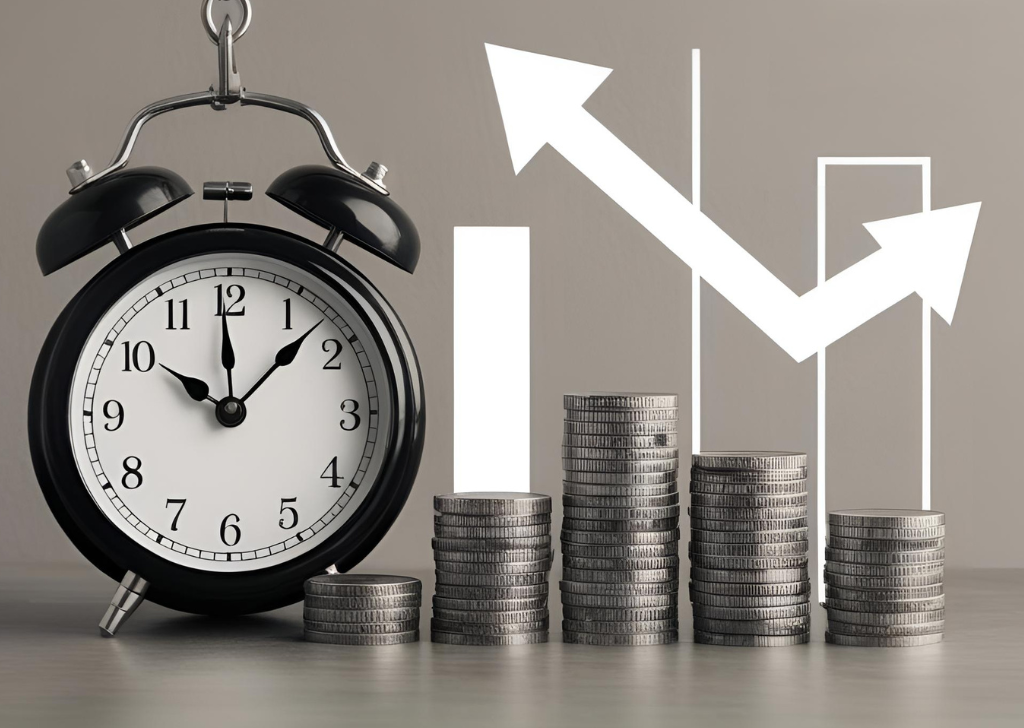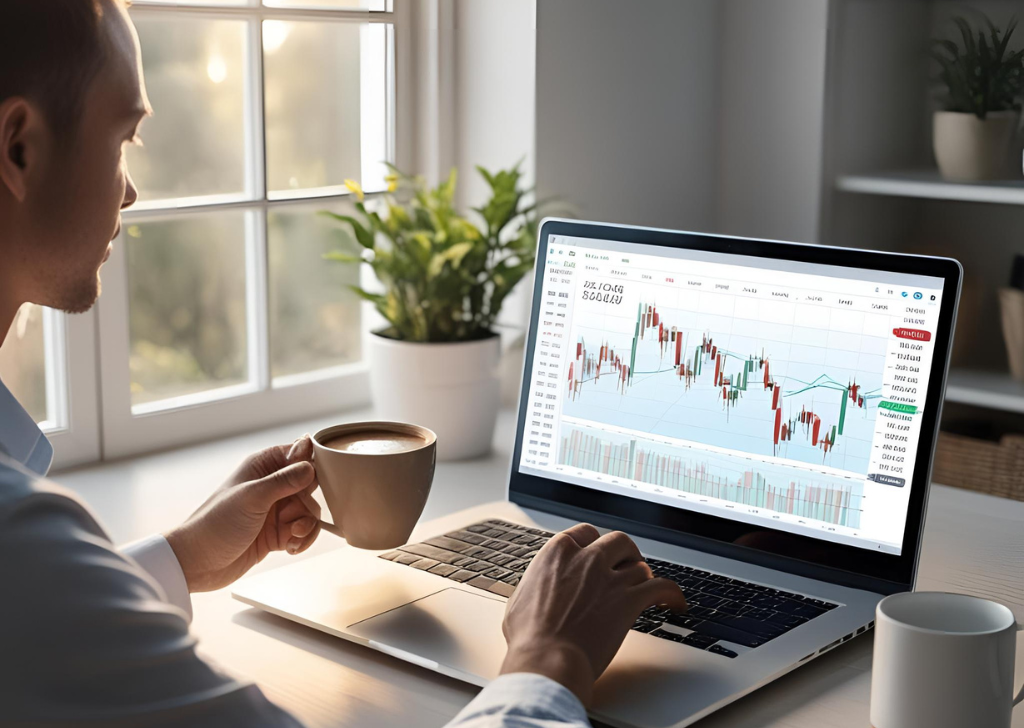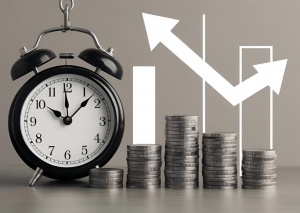The goal of market timing as an investment strategy is to maximize profits by buying and selling investment assets. In reality, it is attempting to purchase when rates are low and growing and to sell when they are at their highest and about to drop. However, financial experts often emphasize that Time in the Market Beats timing the market, because of how complex and unpredictable short-term trends can be. Considering this uncertainty, market timing is frequently not a prudent investing decision. This can be compared to unintentional kinds of market timing, such as keeping excessive funds in a current account, ceasing to make periodic payments to investments during challenging times, or disinvesting during a declining market value.

The prospect of making rapid money is what makes timing the market captivating. Human tendency is to purchase equities when they are at their lowest and trade them when they are at their highest. Market timing is risky, though, despite its lure. It is difficult for even the most seasoned investors to make precise predictions about market movements. Although there is a tremendous psychological pull, the overwhelming weight of facts indicates that people who try to time the market frequently lose out on the most critical growth days.
Emotional Bias and the Risk of Poor Timing
For extreme market strategies like shifting the majority of financial assets into cash to prevent bear markets or large market declines, market timing is a complicated and challenging process. Choosing when to leave and when to return to the market are two crucial choices in effective market timing. Decision-making may be significantly impacted by recency bias, with panic playing an essential part during recessions and greed during surges. Making two crucial judgments at the appropriate time is necessary for market timing, but this can be difficult because of emotions and cognitive biases. Throughout rallies, recency bias can cause overconfidence, while during downturns, fear can take over and make it hard to see possible chances. Navigating market swings is frequently easier with a long-term, disciplined investing strategy.
The High Cost of Missing the Best Days
It can be difficult to predict when peaks and troughs will occur, and it is only evident in hindsight. Contradictory signals indicating overpriced markets, false alarms, or sideways market movement are some of the factors at work. Since the most favorable market days frequently fall during difficult downturns, investors may incur significant losses if they make a mistake in timing their entry and departure points. As a result, any long-term plan must have the right exposure and allocation of funds.
Long-Term Strategies Over Market Timing
Investors are always trying to include timing the market in their approach. In a market that is rapidly approaching a bear-trading zone, a well-timed deal can, after all, make the difference between a decent profit and a spectacularly profitable one, or between a significant loss and a sale made just in time to stop the loss.
Dollar-Cost Averaging: A Smart Alternative
Investing without worrying about market swings is essential for optimizing market returns. Use techniques like dollar-cost averaging, which involves investing money at regular periods on the assumption that stock prices average out, to avoid this. You contribute money to a 401(k) in a similar way to this strategy. Since the composition of funds may change over time as a result of market fluctuations, dividends, and ongoing investments, restructuring your portfolio is fundamental.
Portfolio Rebalancing and Discipline
Periodically review your accounts and modify your mix in light of fresh data. Take out whatever money you need to spend for education or other important objectives, for example, and make the necessary adjustments to the remaining amount. For fiscal reasons, it may be advantageous to sell certain investments at a loss or to realize a gain, particularly if you have a sizable quantity of money that may result in a significant tax payment. You may increase returns without depending on market timing by using these tactics.
Investing With Purpose
There are several reasons why time in the market is a more successful technique than market timing. Accurately forecasting future market moves is difficult, particularly for long-term investors. Accurate forecasting is difficult for even experienced investors. Trading stocks when the share price increases may not yield a return at the same price, and the market may remain at a particular level before moving in the anticipated direction. Paying commission fees each time you purchase or sell stocks might rapidly add up if you do this frequently.

The Psychological Toll of Market Timing
Sell equities that have appreciated because the long-term capital gains tax rate is lower than the short-term rate, and may be applicable. Since it takes continual observation and judgment, trying to time the market may be difficult and have an impact on how one feels emotionally and mentally. Timing the market may also be time-consuming since traders must evaluate information and do computations, which can take time away from other crucial responsibilities like friends, family, and employment.
The Power of Compound Growth
Attempting to time the market does not allow for compound interest, where money grow more quickly than if it were kept in a savings account. Since the longer you stay in the market, the more likely it is that your investments will compound into financial independence, it is quite unlikely that you will trade consistently over several decades. Furthermore, the likelihood of making mistakes and suffering large time and financial losses increases with the volume of trading.
When it comes to investing, time is essential since it enables money to compound over time and create significant wealth. In your early twenties, even modest investments may outrun larger ones in later life. The upside of investing early in life is that compound interest works like magic, turning little contributions into a sizable portfolio throughout a lifetime. This is the one component that cannot be recreated or regained once gone.
In a nutshell, normal investors would be better off investing their time in the market You can accomplish this long-term strategy by concentrating on the market’s characteristics rather than timing it.





